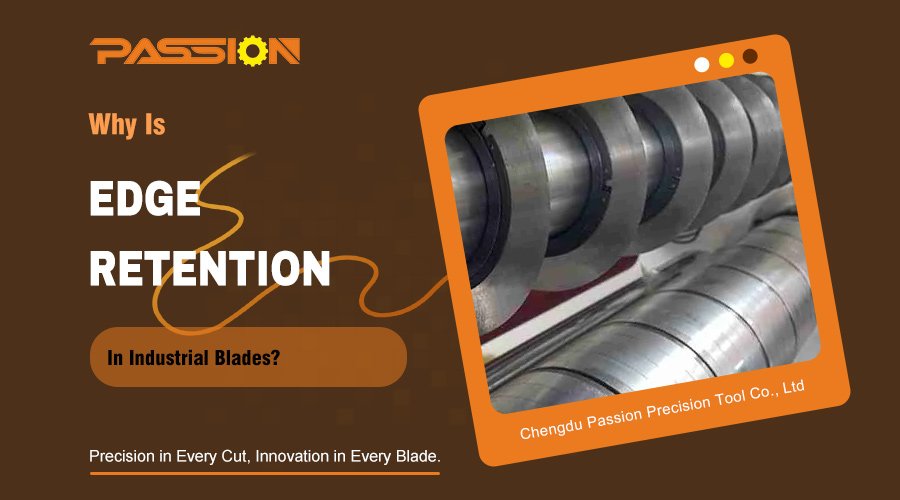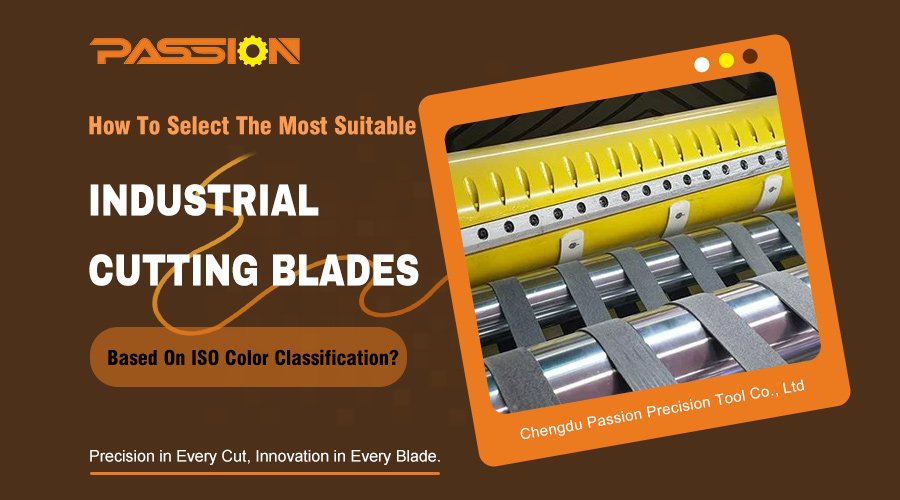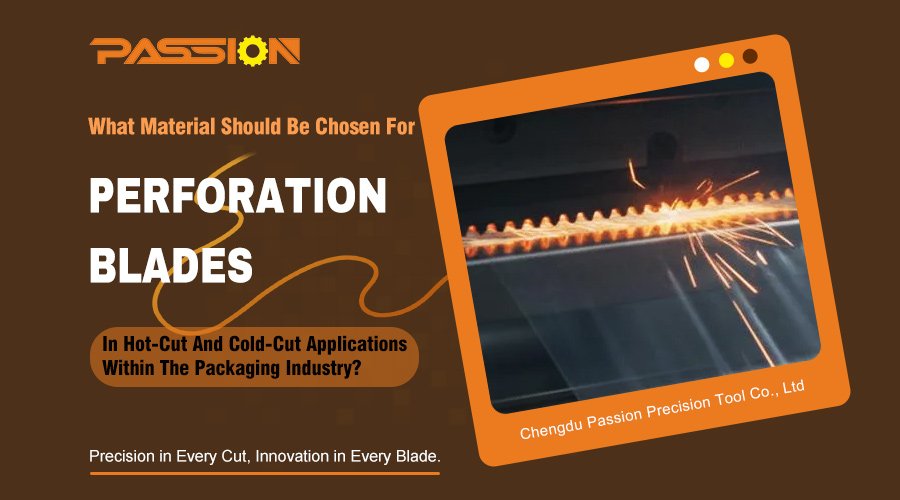When it comes to choosing drill bits, the material is one of the most critical factors to consider. Two of the most common materials for drill bits are carbon steel and high-speed steel (HSS). But which one is better? In this article, we’ll break down the key differences, strengths, and weaknesses of each to help you make an informed decision.
Understanding The Materials: Carbon Steel Vs. High-Speed Steel
What Is Carbon Steel?
Carbon steel is an alloy made primarily of iron and carbon. Its properties can vary depending on the carbon content, but in general, carbon steel is:
Affordable: One of the most budget-friendly materials for tools.
Strong and Easy to Sharpen: It provides a sharp edge and can be maintained with relative ease.
Best for Low-Temperature Applications: Works well for light-duty tasks.
However, carbon steel has a significant drawback: it loses its hardness at high temperatures, making it unsuitable for heavy-duty or high-speed applications.
What Is High-Speed Steel (HSS)?
High-speed steel is an advanced alloy containing elements like tungsten, molybdenum, and chromium. It is designed specifically for high-speed applications and has the following characteristics:
High Heat Resistance: Retains hardness and sharpness even at high temperatures.
Durable and Long-Lasting: Resists wear and tear in harsh environments.
Versatile: Suitable for a wide range of materials from metal to wood.
Although HSS is more expensive than carbon steel, its performance often justifies the higher cost.
Key Differences Between Carbon Steel And High-Speed Steel
1. Material Versatility
Carbon Steel: Best suited for softer materials like wood and plastic. It is difficult to handle harder materials and will dull quickly.
HSS: Ideal for harder materials, including metals like steel and aluminum, and can also handle wood and plastics effectively.
Winner: HSS for its broad material compatibility.
2. Heat Resistance
Carbon Steel: Begins to lose hardness at temperatures as low as 150°C, limiting its performance during high-speed drilling.
HSS: Can endure temperatures up to 600°C without significant performance degradation.
Winner: HSS for superior heat resistance.
3. Durability And Longevity
Carbon Steel: Wears out faster when used on tough materials or in high-demand conditions.
HSS: Longer service life and more cost-effective over time.
Winner: HSS for durability and reduced maintenance.
4. Ease Of Sharpening
Carbon Steel: Easy to sharpen with basic tools, suitable for occasional use.
HSS: Requires more specialized equipment to restore its cutting edge.
Winner: Carbon steel for simple maintenance.
5. Cost
Carbon Steel: Much cheaper upfront, making it attractive for budget-conscious projects.
HSS: More expensive but offers better long-term value due to its durability and versatility.
Winner: Carbon steel for cost-sensitive applications.
Applications For Carbon Steel Drill Bits
Carbon steel drill bits are ideal for:
- Drilling into soft materials such as wood, plastics, and softer metals.
- Low-speed drilling tasks that don’t generate much heat.
- Occasional or light-duty projects where high durability isn’t required.
If cost is a primary consideration and the work is limited to softer materials, carbon steel can be a practical choice.
Applications For High-Speed Steel Drill Bits
HSS drill bits excel in:
- Heavy-duty or industrial applications involving metals or harder materials.
- High-speed drilling tasks that produce significant heat.
- Long-term use where durability and reduced maintenance are priorities.
For versatility, heat resistance, and durability, HSS is the go-to option for professionals and hobbyists alike.
Comparison Table: Carbon Steel Vs. High-Speed Steel
Feature | Carbon Steel | High-Speed Steel (HSS) |
Price | Low cost | Higher cost |
Heat Resistance | Poor, softens at high temperatures | Excellent, retains hardness under heat |
Durability | Wears quickly in tough conditions | Highly durable, long-lasting |
Ease of Sharpening | Easy to sharpen manually | Requires more specialized tools |
Material Versatility | Limited to softer materials | Suitable for hard and soft materials |
Key Considerations When Choosing Drill Bits
When deciding between carbon steel and HSS drill bits, consider the following:
1. The Material You’re Drilling: For soft materials, carbon steel is sufficient. For metals or harder materials, HSS is essential.
2. Frequency of Use: If you use drill bits regularly or for demanding projects, HSS offers better value due to its durability.
3. Budget: Carbon steel is more affordable upfront but may cost more over time due to faster wear and replacement needs.
So, is carbon steel better than high-speed steel for drill bits? The answer depends on your specific needs.
Choose carbon steel if you’re working with softer materials, need a low-cost option, and don’t require the drill bits to handle high heat or heavy-duty tasks.
Choose high-speed steel if you need a reliable, durable, and heat-resistant solution for tougher materials and high-speed applications.
By understanding the strengths and limitations of each material, you can make the best decision for your projects, ensuring efficiency, longevity, and cost-effectiveness in your tools.
Let me know if you’d like further tweaks or adjustments!







